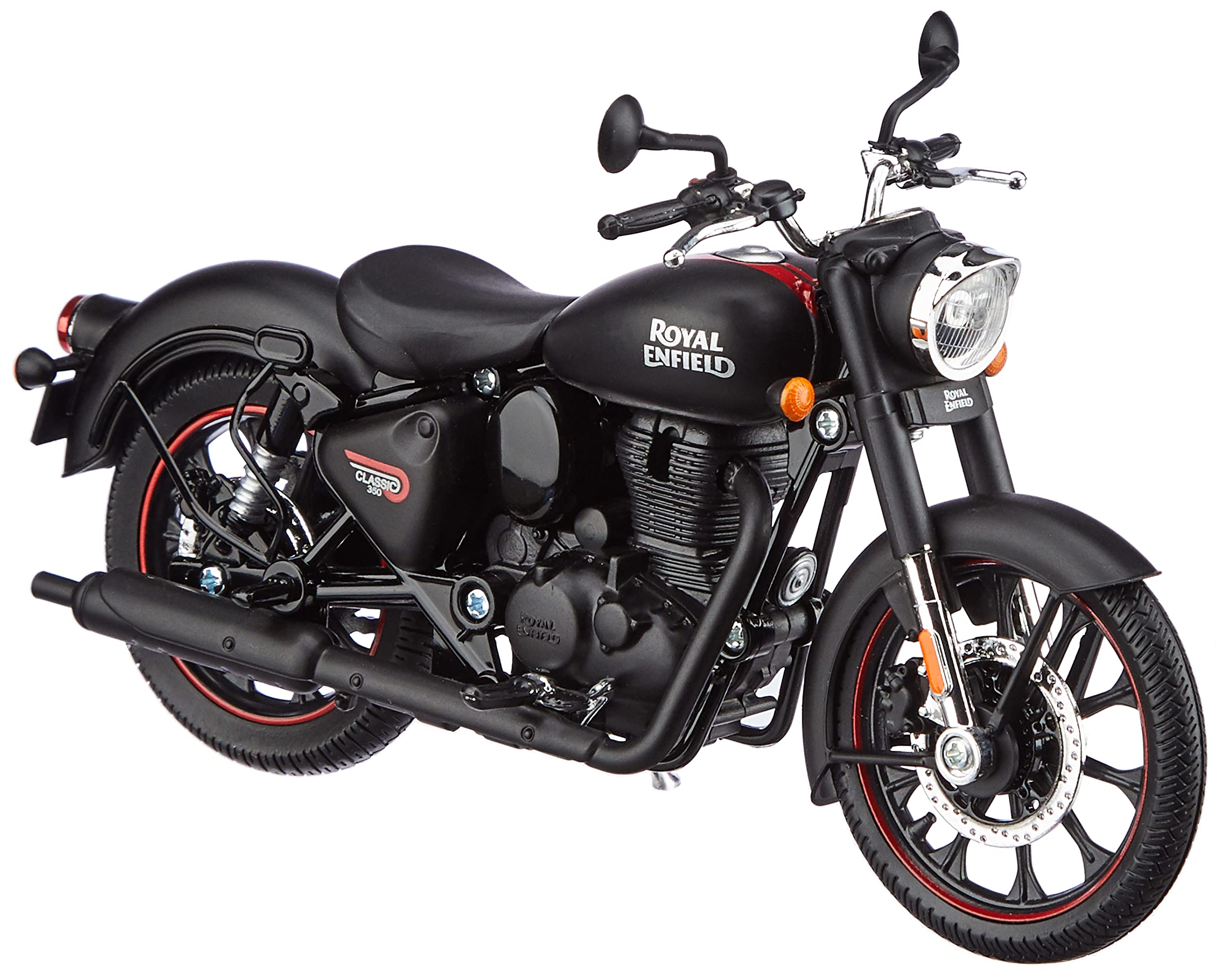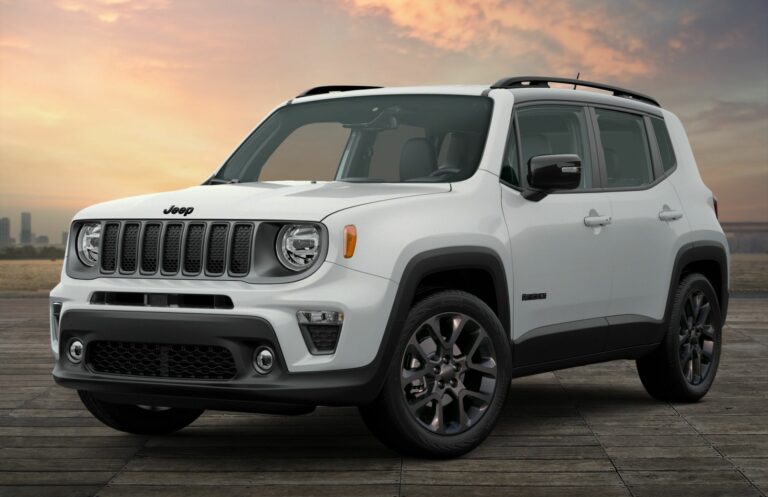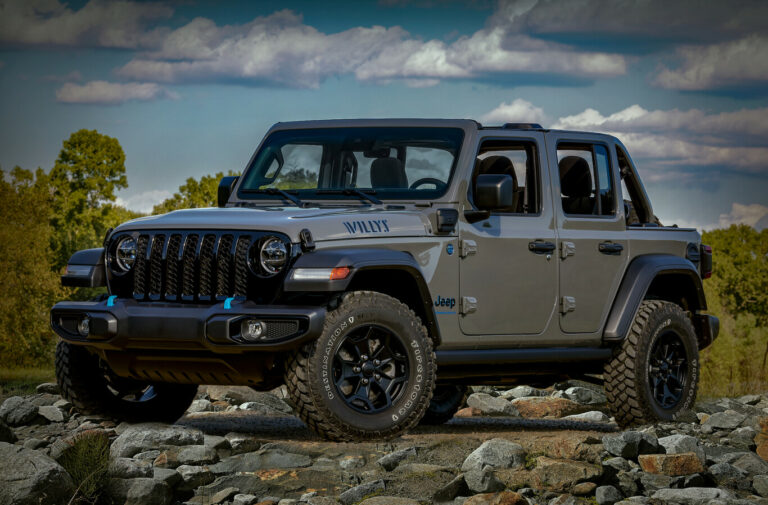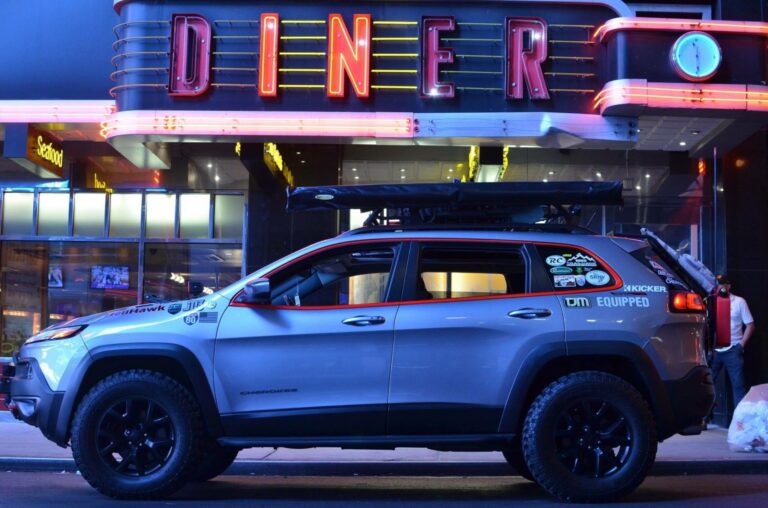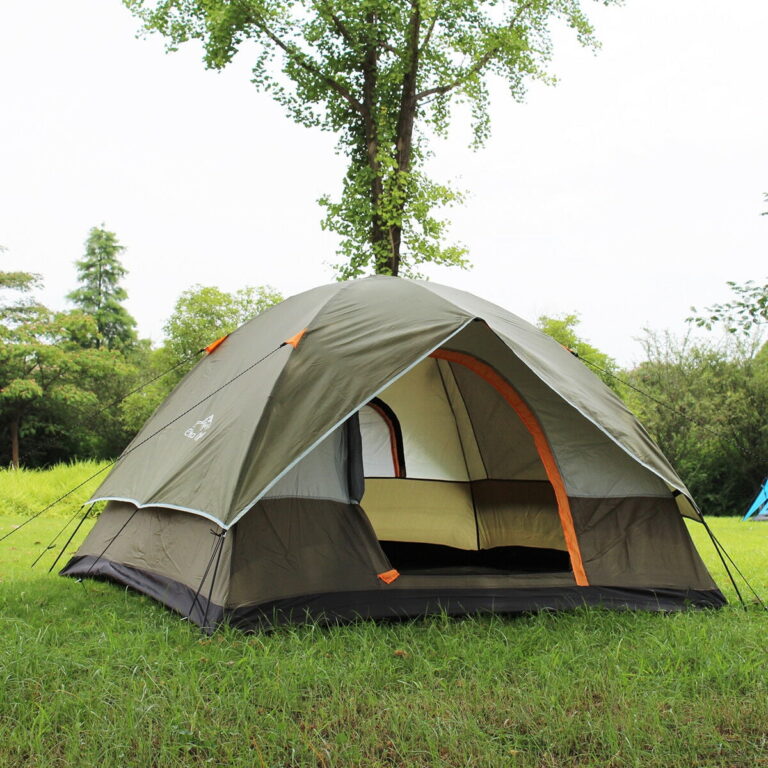Classic Willys Jeep For Sale: Your Definitive Buyer’s Guide
Classic Willys Jeep For Sale: Your Definitive Buyer’s Guide jeeps.truckstrend.com
The rumble of its engine, the iconic flat fenders, and the undeniable sense of history it carries – the Classic Willys Jeep is more than just a vehicle; it’s a timeless icon. From its humble beginnings as a rugged workhorse on the battlefields of World War II to its evolution as the civilian trailblazer, the Willys Jeep has cemented its place in automotive history as the progenitor of the modern SUV and a symbol of American ingenuity. For enthusiasts and collectors alike, the prospect of finding a Classic Willys Jeep for sale isn’t merely a transaction; it’s an opportunity to own a piece of living legend, a vehicle that tells a story with every turn of its wheels.
This comprehensive guide is designed to navigate you through the exciting journey of acquiring a Classic Willys Jeep. Whether you’re a seasoned collector or a first-time classic car buyer, we’ll delve into everything you need to know, from understanding its legacy and finding the right model to conducting thorough inspections and making an informed purchase. Prepare to embark on an adventure where rugged charm meets historical significance, as we explore the world of the Classic Willys Jeep for sale.
Classic Willys Jeep For Sale: Your Definitive Buyer’s Guide
I. The Enduring Legacy of the Willys Jeep
The story of the Willys Jeep begins in the crucible of World War II. The Willys-Overland MB, alongside Ford’s GPW, was the original "Jeep," a lightweight, go-anywhere utility vehicle that became indispensable to the Allied war effort. Its robust design, four-wheel drive, and unparalleled versatility earned it legendary status, often hailed as "America’s greatest contribution to modern warfare."
Post-war, Willys-Overland wisely capitalized on this popularity, transitioning the military design into civilian production. The CJ (Civilian Jeep) series was born, starting with the CJ-2A in 1945. These early CJs retained much of the MB’s utilitarian charm but introduced features like tailgates, larger headlights, and more comfortable seating. Subsequent models like the CJ-3A, CJ-3B (with its distinctive high hood for the F-head engine), and the long-running CJ-5 (introduced in 1955) continued to evolve, catering to farmers, adventurers, and anyone seeking a durable, off-road capable vehicle.
The enduring appeal of the Classic Willys Jeep lies in its simplicity, ruggedness, and nostalgic charm. These vehicles are relatively easy to work on, offer a pure driving experience devoid of modern complexities, and evoke a powerful sense of freedom and adventure. Owning a Willys Jeep isn’t just about driving; it’s about connecting with a rich heritage and joining a passionate community.
II. Where to Find a Classic Willys Jeep For Sale
The hunt for a Classic Willys Jeep can be an exciting part of the ownership experience. While these vehicles are no longer rolling off the assembly line, a vibrant market exists for them. Knowing where to look is key:
- Online Marketplaces & Auction Sites:
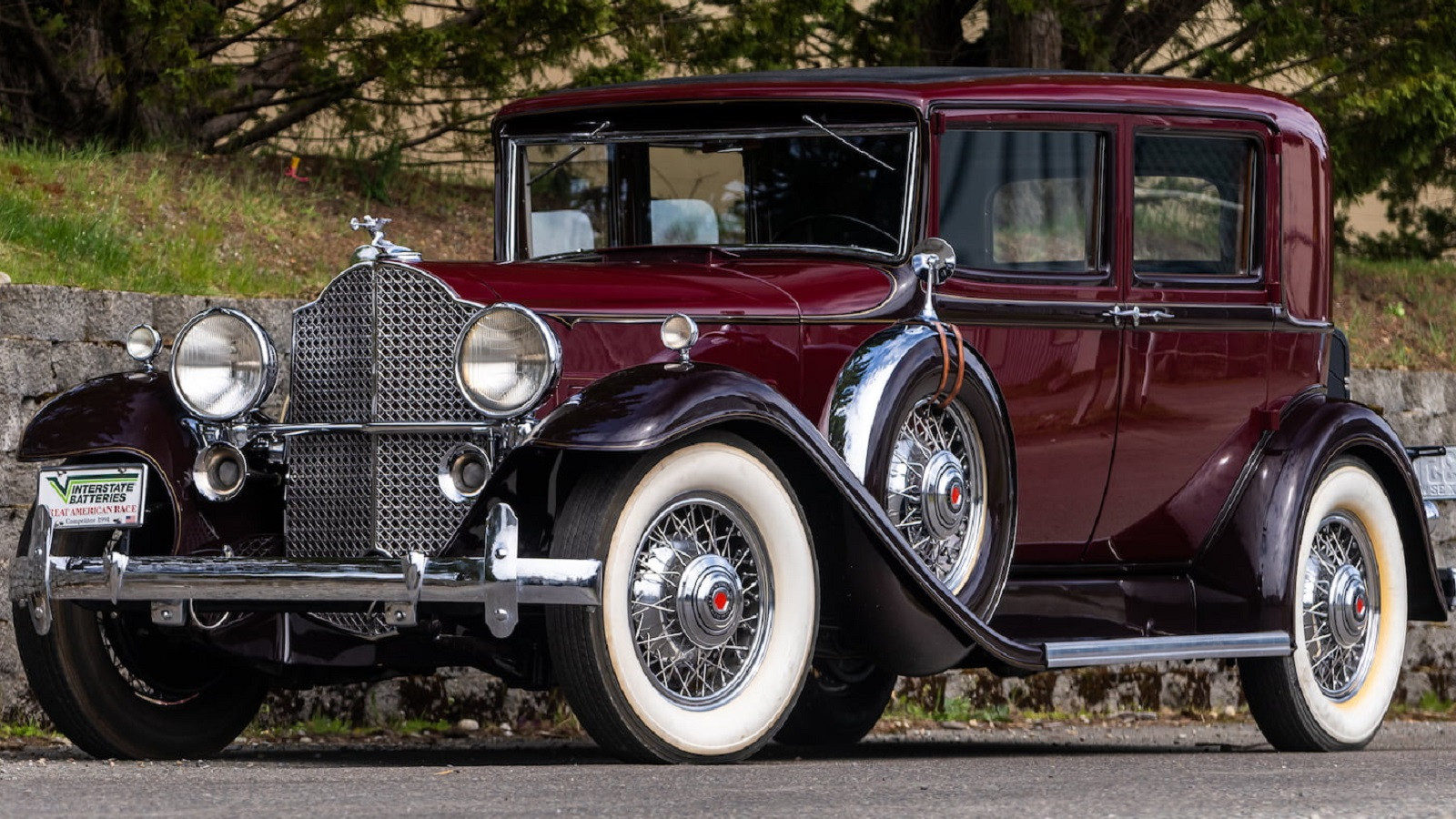
- eBay Motors: A vast inventory, from project vehicles to fully restored examples. Be diligent with seller ratings and ask for detailed photos/videos.
- Hemmings Motor News: A long-standing classic car marketplace, offering a curated selection from private sellers and dealers.
- Bring a Trailer (BaT): Known for higher-quality, often well-documented vehicles with an active bidding community. Prices here can be competitive.
- Facebook Marketplace & Dedicated Groups: Excellent for finding local listings and connecting with the Willys community. Search for "Willys Jeep for sale," "CJ-2A," "MB," etc.
- Classic Car Dealerships & Specialists: Many dealerships specialize in vintage 4x4s and may have Willys Jeeps in their inventory, often inspected or restored.
- Specialty Forums & Clubs: Websites like "The CJ-2A Page," "Willys M-38 Forum," or "G503.com" (for military Jeeps) often have classified sections where members sell vehicles.
- Local Classifieds & Word of Mouth: Don’t underestimate traditional methods. Sometimes the best finds are in your own backyard or through networking with local enthusiasts.
- Auctions (In-Person & Online): Major classic car auctions (e.g., Mecum, Barrett-Jackson) occasionally feature high-end Willys Jeeps. Local classic car auctions can also be a source for more accessible projects or drivers.
Tips for Searching: Be specific with your search terms (e.g., "Willys MB," "CJ-3B," "flat fender Jeep"). Set up alerts for new listings. Don’t be afraid to broaden your search geographically if you’re willing to arrange transport.
III. What to Look For: A Buyer’s Guide to Classic Willys Jeeps
Purchasing a classic vehicle requires a thorough inspection. Willys Jeeps are robust, but decades of use, neglect, or improper repairs can take their toll. Here’s a detailed checklist:
-
Rust: This is the primary enemy of any vintage vehicle.
- Frame: Inspect the entire frame for cracks, bends, and excessive rust, especially near spring hangers, shackle mounts, and body mounts. Pay attention to the frame rails under the doors and engine.
- Body Tub: Check floorboards (especially under the driver’s feet), hat channels (supports under the floor), wheel wells, fender wells, and the area around the windshield frame. Surface rust is manageable; widespread, deep, or perforated rust is a major red flag indicating extensive bodywork or replacement.
- Fenders & Grille: Look for rust around headlight buckets, fender seams, and where the fenders attach to the body.
-
Engine:
- Leaks: Look for oil, coolant, or fuel leaks. Minor weeping can be common; major drips are concerning.
- Smoke: Blue smoke (oil burning), white smoke (coolant), or black smoke (rich fuel mixture) upon startup or acceleration indicates issues.
- Knocking/Tapping: Listen for unusual engine noises.
- Compression Test: If possible, perform or have a mechanic perform a compression test. Uneven or low compression can signal worn rings or valves.
- Fluids: Check oil and coolant levels and condition.
-
Drivetrain (Transmission, Transfer Case, Axles):
- Transmission: Check for smooth shifting through all gears. Listen for grinding, especially when shifting into or out of reverse.
- Transfer Case: Ensure it shifts into 2WD, 4WD High, and 4WD Low. Listen for grinding or clunking. Check for leaks.
- Axles: Look for fluid leaks around the differential covers and axle shafts. Check universal joints (U-joints) for play.
-
Brakes:
- Test brake pedal feel (should be firm, not spongy).
- Check brake lines for rust or damage.
- Note if the vehicle pulls to one side when braking.
-
Steering:
- Check for excessive play in the steering wheel. A little is normal for a vintage vehicle, but too much indicates worn steering components (tie rods, drag link, steering box).
-
Electrical System:
- Test all lights (headlights, taillights, turn signals, brake lights).
- Check gauges (fuel, temperature, oil pressure, amp meter).
- Inspect wiring for frayed insulation, splices, or obvious aftermarket additions. Many Willys Jeeps still have 6-volt systems; ensure all components match.
-
Originality vs. Modifications:
- Originality: Highly original, matching-numbers vehicles (especially MBs/GPWs) command higher prices. Look for original data plates, correct components (engine, transmission, axles for the specific model).
- Modifications: Many Willys Jeeps have been modified for off-roading or modern convenience (e.g., engine swaps, power steering, disc brakes, lift kits). Assess the quality of these modifications. While they can enhance usability, they may detract from collector value.
-
Documentation:
- Ensure a clear title exists and matches the VIN (Vehicle Identification Number) on the vehicle.
- Service Records: Any history of maintenance or restoration is a huge plus.
-
Test Drive Essentials:
- Listen for unusual noises (clunks, squeals, hums) from the engine, transmission, or axles.
- Feel the steering for responsiveness and excessive play.
- Test the brakes for effectiveness and straight-line stopping.
- Shift through all gears in 2WD and 4WD.
- Pay attention to how the vehicle tracks down the road.
IV. Types of Classic Willys Jeeps and Their Value Considerations
The value of a Classic Willys Jeep for sale varies wildly based on model, condition, and originality. Understanding these categories will help set realistic expectations.
- Military Spec (MB/GPW): These are the most historically significant and often command the highest prices, especially if they are well-preserved, original, or authentically restored to WWII specifications.
- Civilian Jeeps (CJ-2A, CJ-3A, CJ-3B, CJ-5): These are more common and represent a broader range of conditions and prices.
- CJ-2A ("AgriJeep"): The first civilian model, easily identified by its tailgate, larger headlights, and tool indents. Very popular.
- CJ-3A: Similar to the 2A but with a one-piece windshield and improved comfort.
- CJ-3B: Distinctive for its tall hood, housing the F-head "Hurricane" engine. A unique look.
- CJ-5: The longest-running CJ model, becoming more refined over its production run but still retaining the classic Willys DNA in early versions.
Condition-Based Value Tiers:
- Project Vehicle/Barn Find: These are typically non-running, incomplete, or heavily rusted. They require significant time, skill, and financial investment. Lowest price point. Ideal for a dedicated enthusiast looking for a long-term restoration.
- Driver Quality: These Jeeps are mechanically sound and safe to drive but may have cosmetic flaws, minor leaks, or require some non-essential repairs. They are perfect for enthusiasts who want to enjoy the vehicle immediately and perhaps improve it over time. Mid-range price.
- Restored/Show Quality: These vehicles have undergone extensive, professional restoration to a high standard. They are often pristine, with matching numbers and correct components. Highest price point, suitable for serious collectors or those seeking a turnkey, immaculate example.
V. Important Considerations Before Buying
Beyond the vehicle itself, there are practical aspects to consider before committing to a purchase.
- Budget: Your initial purchase price is just the beginning. Factor in potential restoration costs, parts (even if you DIY), insurance, and ongoing maintenance. A "cheap" project can quickly become an expensive money pit if you underestimate the required work.
- Purpose: How do you plan to use the Jeep?
- Daily Driver: Possible, but challenging due to lack of modern comforts, safety features, and highway speeds. Not recommended for most.
- Weekend Cruiser/Off-Roader: An excellent choice for its intended purpose.
- Show Vehicle/Investment: Requires a higher initial investment in a top-condition or professionally restored vehicle.
- Mechanical Aptitude: Are you comfortable turning a wrench? Willys Jeeps are relatively simple, but they are old machines that require regular attention. If you’re not mechanically inclined, factor in shop labor costs.
- Parts Availability: Fortunately, the Willys Jeep has excellent aftermarket support. Many reproduction parts are available, and original used parts can often be sourced through specialist suppliers or online communities. However, some specific or rare components can be challenging to find.
- Insurance: Standard auto insurance may not cover a classic vehicle adequately. Look into specialized classic car insurance providers who understand the unique value and usage of these vehicles.
VI. Tips for a Successful Purchase
- Do Your Research: Understand the specific model you’re interested in, its common quirks, and what original components look like.
- Set a Realistic Budget: And stick to it. Always reserve extra funds for unexpected issues.
- Inspect Thoroughly (or Hire an Expert): If you’re not confident in your inspection skills, hire a reputable pre-purchase inspector specializing in classic vehicles. This small investment can save you from major headaches.
- Don’t Rush: The perfect Willys Jeep is out there. Patience will prevent you from making an impulsive decision.
- Verify Documentation: Ensure the title is clean and matches the vehicle’s VIN.
- Negotiate Respectfully: Most sellers expect some negotiation, but be fair and base your offer on the vehicle’s condition and market value.
- Factor in Transportation: If buying out of state, get quotes for enclosed or open transport.
VII. Potential Challenges and Solutions
Owning a classic vehicle comes with its unique set of challenges, but most have viable solutions.
- Rust:
- Challenge: Widespread rust in the frame or body tub requires extensive and costly repair or replacement.
- Solution: For minor rust, wire brushing and rust encapsulating paints can work. For severe areas, professional welding, panel replacement, or even full tub/frame replacement may be necessary. Many reproduction tubs and frames are available.
- Parts Scarcity (Specifics):
- Challenge: While general parts are plentiful, specific small parts or very early model components can be hard to find.
- Solution: Network with Willys Jeep clubs and forums, search specialist online suppliers, or consider fabricating parts if you have the skills.
- Lack of Modern Comforts:
- Challenge: No power steering, power brakes, air conditioning, or comfortable seats.
- Solution: Embrace the raw, authentic experience. For some, tasteful upgrades like modern seats, an electric power steering conversion, or disc brake kits can improve usability without sacrificing the classic feel.
- Maintenance:
- Challenge: Older vehicles require more frequent checks and preventative maintenance.
- Solution: Learn basic mechanics, invest in a service manual, and perform regular inspections. Prevention is key to avoiding breakdowns.
- Finding the "Right" One:
- Challenge: It can take time to find a Willys Jeep that perfectly matches your budget, desired condition, and specific model preference.
- Solution: Patience, persistent searching, and being open to different models or condition levels can help you find your ideal classic.
Classic Willys Jeep For Sale: Estimated Price Guide
Please note: These are estimated price ranges as of late 2023/early 2024 and can fluctuate significantly based on originality, specific features, location, market demand, and the overall quality of restoration or preservation.
| Model | Condition: Project (Non-running/Heavy Restoration) | Condition: Driver (Good Running/Some Flaws) | Condition: Restored/Show Quality (Excellent/Original) | Notes |
|---|---|---|---|---|
| Willys MB / Ford GPW (WWII Military) | $5,000 – $15,000 | $18,000 – $35,000 | $40,000 – $80,000+ | Most historically significant. Prices vary greatly with originality. |
| Willys CJ-2A | $3,000 – $8,000 | $10,000 – $20,000 | $25,000 – $45,000+ | First civilian Jeep. Popular and well-supported. |
| Willys CJ-3A | $2,500 – $7,000 | $9,000 – $18,000 | $20,000 – $35,000+ | Similar to 2A, one-piece windshield. |
| Willys CJ-3B | $3,500 – $9,000 | $12,000 – $25,000 | $30,000 – $50,000+ | "High-hood" for F-head engine. Distinctive look, often sought after. |
| Willys CJ-5 (Early) | $2,000 – $6,000 | $8,000 – $16,000 | $18,000 – $30,000+ | Early (1955-1971) models with Willys/Kaiser heritage. |
Frequently Asked Questions (FAQ) about Classic Willys Jeeps
Q1: Are Classic Willys Jeeps reliable?
A1: While they are mechanically simple and robust, they are also 60-80 years old. They require regular maintenance and attention. If well-maintained, they can be very reliable for their age, but don’t expect modern car reliability.
Q2: Are parts hard to find for Willys Jeeps?
A2: Generally, no. Due to their popularity and the simplicity of their design, there’s a strong aftermarket for reproduction parts. Many original used parts are also available through specialist dealers and online communities. Some very specific or rare components might require a bit of a hunt.
Q3: Can I use a Classic Willys Jeep as a daily driver?
A3: It’s generally not recommended. They lack modern safety features (airbags, crumple zones), are slow by modern standards, have limited comfort (no A/C, loud cabin), and require more frequent maintenance. They are best suited as weekend cruisers, off-roaders, or show vehicles.
Q4: What’s the main difference between a Willys MB and a CJ-2A?
A4: The MB is the original WWII military Jeep, designed purely for combat utility. The CJ-2A is the first civilian version, based on the MB but adapted for civilian use with features like a tailgate, larger headlights, a simplified grille, and typically a slightly less robust electrical system (often 6-volt civilian vs. military).
Q5: Do Classic Willys Jeeps have power steering or power brakes?
A5: No, original Classic Willys Jeeps (MB, CJ-2A, 3A, 3B, early CJ-5) came with manual steering and manual drum brakes. These can be heavy, especially at low speeds. Many owners choose to upgrade to power steering and/or disc brakes for improved drivability and safety.
Q6: Is a Classic Willys Jeep a good investment?
A6: For most, it should be considered a passion purchase rather than a pure financial investment. While well-maintained or authentically restored examples can appreciate in value, especially rare military models, the cost of acquisition, restoration, and maintenance can easily outweigh potential returns. The real "return" is the joy of ownership and connecting with history.
Conclusion
The pursuit of a Classic Willys Jeep for sale is an exhilarating journey into automotive history. These iconic vehicles offer a tangible link to a pivotal era, embodying ruggedness, simplicity, and an enduring spirit of adventure. Whether you’re drawn to the military legacy of the MB, the pioneering spirit of the CJ-2A, or the distinctive charm of the CJ-3B, owning a Willys Jeep is more than just possessing a vehicle; it’s joining a community, embracing a lifestyle, and preserving a legend.
By approaching your search with patience, conducting thorough inspections, and understanding the nuances of different models and conditions, you can find the perfect Classic Willys Jeep to call your own. The road ahead promises not just miles, but memories, as you drive a piece of history that continues to inspire and captivate generations. Happy hunting, and welcome to the world of Willys!
